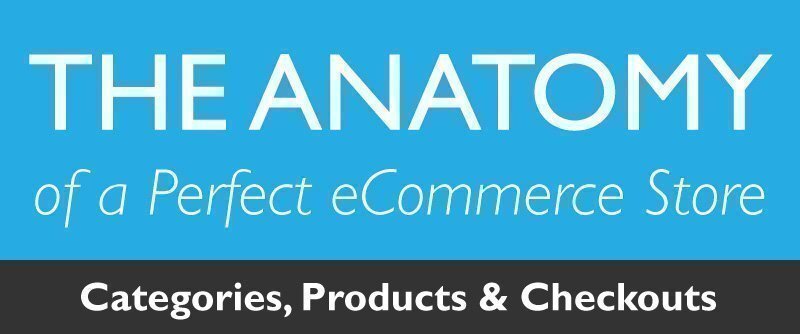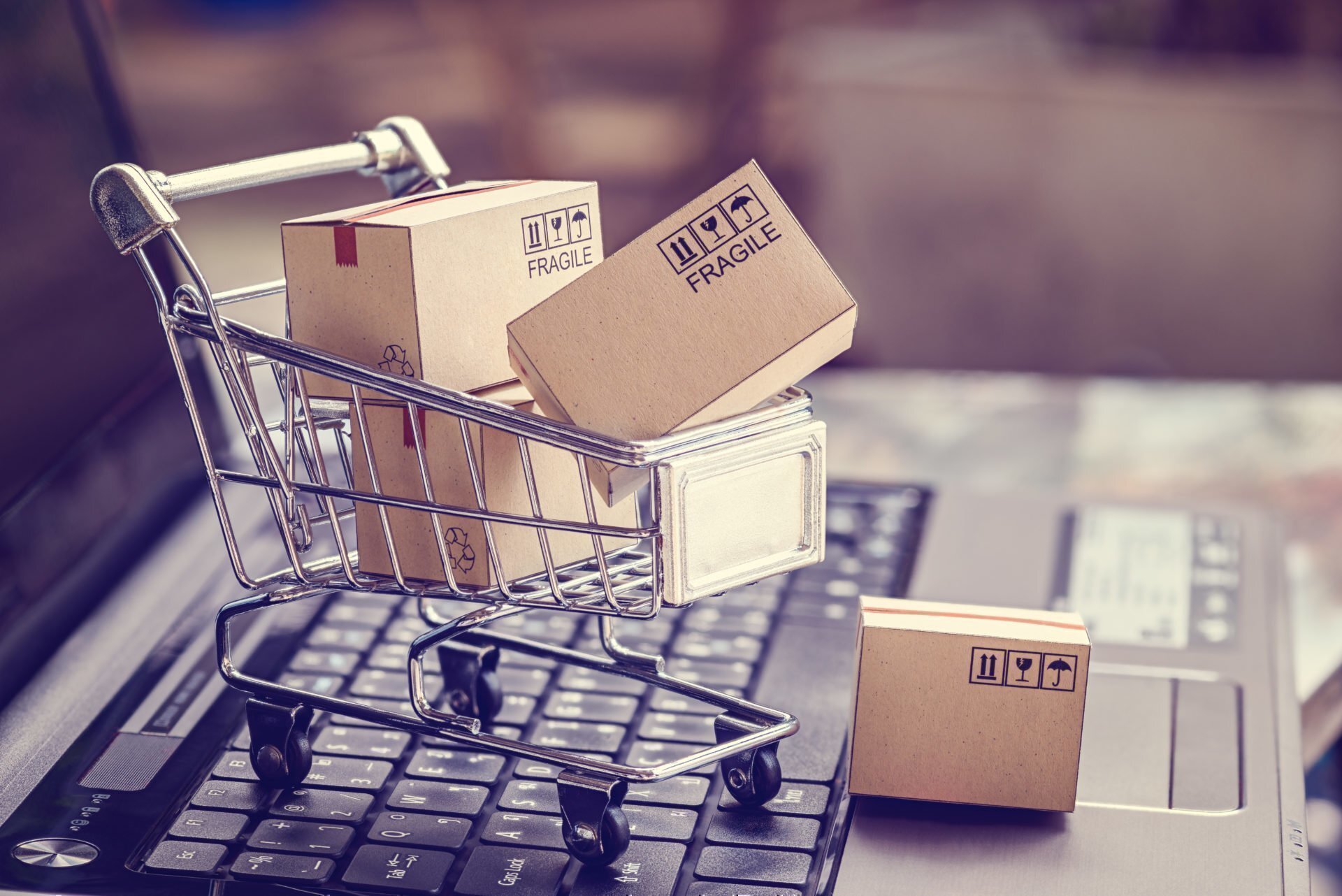
With the average conversion rate for an eCommerce store just 1.4%, it’s no surprise that marketers are continually looking for ways to see those of their own and their clients exceed this.
Even with great products, great prices and even a great brand, however, if the user experience is poor, conversion rates will continue to be low. It’s a common misconception that the cause of poor conversions is almost always the offering and, whilst in some instances, that’s true, in most, it’s due to the fact that the user experience is poor.
It takes less than two-tenths of a second for an online visitor to form a first opinion of a brand and if that first impression isn’t great then the chance of a conversion is slim. Consumers want experiences and it’s the role of marketers to give just that to them. To truly succeed at eCommerce, brands must engage their audiences and provide them with premium experiences the moment they land on the site, however the reality is that this is something easier said than done.
There’s nothing worse than having a bad experience during the first interaction with a retailer, however we still see far too many eCommerce stores which really aren’t up to the job. From cluttered category pages and product pages which don’t motivate consumers to make a purchase decision through to carts and checkouts which are difficult to understand and ask for far too much information, it’s clear that retailers are missing out on hundreds, if not thousands, of purchases each year because of this.
We’ve teamed up with six industry experts (Neil Patel, Bryan Adams, John Rampton, Matthew Barby, Al Mackin and Pete Campbell) to create an infographic; ‘The Anatomy of a Perfect eCommerce Store’ which outlines how to structure a site which converts; focussing upon the ‘what’ and the ‘why’ of each point as well sharing tips from the aforementioned.

To get the insight of some of our favourite industry experts, we asked six individuals known for their work and thought leadership in the fields of digital marketing and conversion rate optimisation:
Neil Patel – Kissmetrics, Crazy Egg & Quick Sprout
“With ecommerce, always remember that people are buying your product without seeing it in person. The more thorough you can be (without being overwhelming) the better chance you have of getting someone to buy your product.”
Bryan Adams – Ph. Creative & Getting Goosebumps
“I think the no.1 priority is to understand your audience sufficiently to enable you to design specific user journey’s for each persona. If you can optimise the user experience and make it as personalised as possible, you’ll get the best returns possible.
If you don’t put the customer experience first, you’ll never maximise the potential sales opportunity, not to mention the brand ambassadorship, that can come from a positive brand experience.
Everything; content, tech, analytics and internal process should be customer experience centric.”
John Rampton – #3 on ‘Top 50 Online Influencers in the World’ by Entrepreneur Magazine
“The single most important thing you need to get right with an eCommerce store is the checkout. I’m assuming you’re already getting customers and they want your product (if you don’t have that, you need to work on getting them to you) and want to purchase.
Your checkout process needs to be clean, simple and very easy to navigate. Make sure you have trust symbols as those help the process. I formerly owned Organize.com and by simplifying a 5 page checkout down to a 2 page checkout we almost doubled our sales. We also cleaned up a few other things but that doubled our sales. What would you do for that many more sales? It’s huge. Streamline the checkout.”
Matthew Barby – HubSpot
“There’s a lot of things that you need to get right with your ecommerce store, but in my opinion the most important aspect is user experience. You can generate thousands upon thousands of visitors to your online store but if they’re not receiving a positive user experience then your conversion rates are going to be very low. Not to mention the fact that you’re highly unlikely to see those visitors come back again.
Build out your design to align with the needs of your users. Focus more on what will help you increase the conversion rate of your store than what will be “best for SEO” – a prime example of where people get this wrong is just flooding their product pages with content so it ranks better, instead of actually giving the visitor the information they need.
Start here and the rest will follow. You can check out my guide to website optimization that should help here.”
Pete Campbell – Kaizen Search
“Not enough eCommerce stores are leveraging the power of user-generated content. Beyond simple reviews, leading eCommerce stores now offer user-generated Q&A sections, product photos and videos allowing your customers to get a true, balanced opinion on the value of the product to them. Incentivise each contributor and create genuine customer loyalty. Additionally, all of this UGC will really improve your SEO visibility and can be tagged up using micro-data.”
—
Whilst there’s no one simple solution to increasing the conversion rate of an eCommerce store, getting the basics right doesn’t have to be all that difficult. By working to a tried and tested structure across category, product and checkout pages, it’s possible to feel confident that the foundations of a great store are in place.
Beyond using a proven structure, an attitude of continual testing and improvements goes a long way. As far as we’re concerned, there’s things which could be improved upon on any eCommerce store, however the only way to identify these is to spend time analysing data, carrying out A/B testing across everything from colours to button messaging and making measureable changes.
Conversion rate optimisation is a time consuming, on-going process, but to succeed online, it’s something which is a necessity and something which too many brands still fail to see the value in.
Before looking for ways to drive additional traffic to an online store, take a moment to look at it from the eyes of a consumer. Is the user experience really as great as it could be? If not, there’s a very good chance that sales could be being lost to competitors and that marketing spend is being hampered as a result.
Take time to get the foundations right, work to a proven structure and look to analyse all the data that can be gathered and make measurable changes based upon this. Improving the conversion rate of a store delivers more sales without the requirement of increased volumes of traffic, growing the overall efficiency and delivering a far stronger ROI on any marketing spend.

